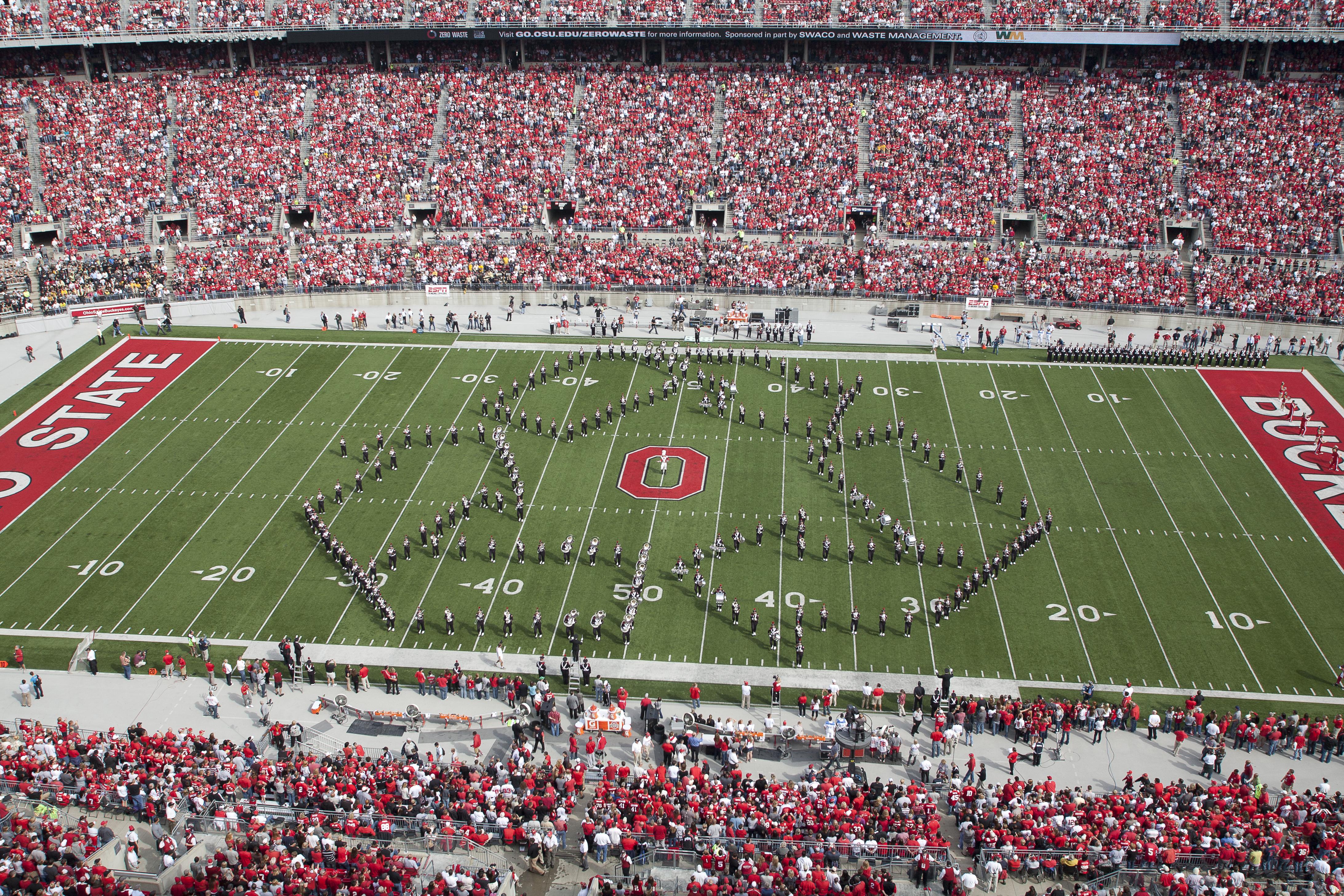Dare to be a Force of Nature: Connecting Sports and Climate Change

Key Takeaways:
- Intercollegiate athletics plays a critical role in environmental sustainability
- Protecting the environment is not a spectator sport; we all have a role to play, and it requires daily leadership.
“We cannot solve the problems we have created with the same thinking that created them.” – Albert Einstein
Today, as a society we are witnessing extraordinary environmental events — such as heat waves, wildfires, hurricanes, and climate change just to name a few — impact our world like never seen before. All the while, we are continuing to grapple with issues of racial and social injustice in our country. To many, the topics of environmental sustainability and climate change can be challenging to discuss.
However, now more than ever, we need to address the topics that seem most daunting and continue to loom over us. The emergence of leadership is critically important as we continue to tackle difficult but necessary issues that have the ability to plague us all.
Naturally, the relationship between the environment and sports appears to be heavily one-sided, as the environment does not have the luxury of advocating on behalf of itself (Schmidt, 2006). The future and lifeline for a number of sports and our well-being depend on the health and sustainability of the environment. While many facets of the relationship between sports and the environment remain unknown, it is clear that intercollegiate athletics plays a critical role in environmental sustainability (Casper et al., 2014).
The new student-led Leadership of Environmental Athletes for Sustainability (LEAFS) initiative, within the Department of Athletics at The Ohio State University, is an exemplar of leading with a purpose. LEAFS is a platform that provides opportunities for passionate student-athletes who are eager to create real change for years to come in athletics.
Graham Oberly, athletics, business advancement, and business & finance sustainability coordinator, stated the following in regards to the launching of LEAFS:
“I’m excited for the future of LEAFS as an avenue for student-athletes across our 36 teams. It will give them the chance to engage on issues of environmental responsibility, gain professional development opportunities, and to lead their team, sport, and peer groups towards a more just future.”
Shanvanth Arnipalli, a junior on Ohio State’s fencing team followed up by stating:
“The three main crises we are living through are climate change, systemic racism and COVID-19. There is no easy way out other than dealing with these crises head-on. If we are going to get out of this, we need to be having those difficult conversations, planning for the worst-case scenario, and presenting and collecting reliable data for public consumption. In hopes to interact with and bring awareness to these matters, we as the LEAFS cohort want to use our platform as student-athletes to raise awareness about sustainability through informative education, professional development, growth and facilitated project work. Moreover, we want to address the intersectionality of the three challenges we are facing today.”
The establishment of LEAFS is certainly positive and welcomed news during this time, where good news seems hard to come by. Leadership in this moment on this issue and many others requires individuals to make choices, and LEAFS has provided us with a leadership game plan for working toward a more just future.
In our daily lives, we should all dare to be a force of nature by leading with a purpose, using our platform to raise awareness about the issues we’re facing today and generating new waves of thinking to solve the problems we encounter. Protecting the environment is not a spectator sport, and we all have a role to play that requires daily leadership in our spheres of influence.
References:
- Casper, J., Pfahl, M., McCullough, B. (2014). Intercollegiate Sport and the Environment:
Examining Fan Engagement Based on Athletics Department Sustainability Efforts. Journal of Issues in Intercollegiate Athletics, 7, 65-91.
- Schmidt, C. (2006). Putting the Earth in play: Environmental awareness and sports. Environmental Health Perspectives, 11, A286-A295.
- https://ohiostatebuckeyes.com/sustainability/leafs/